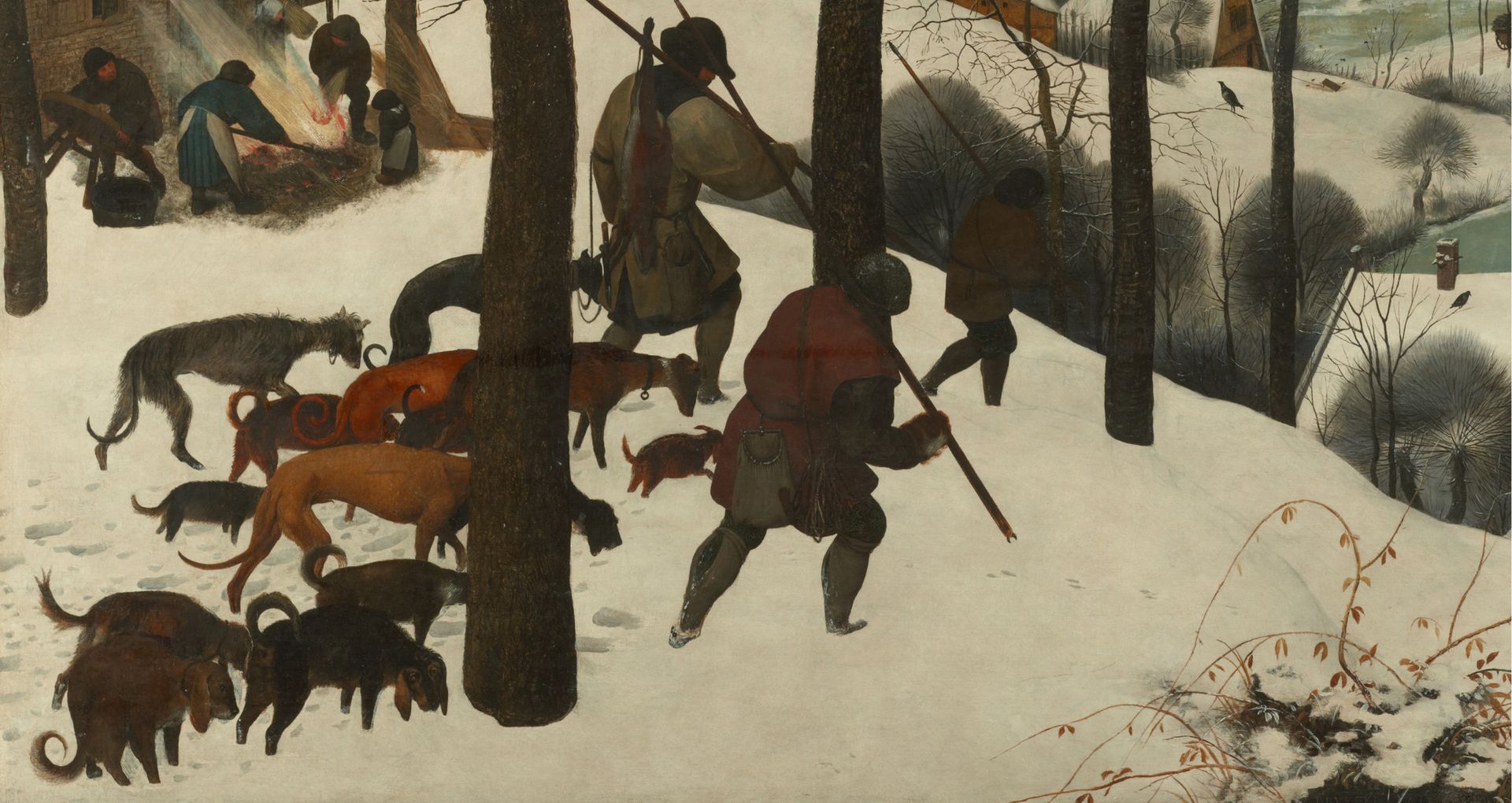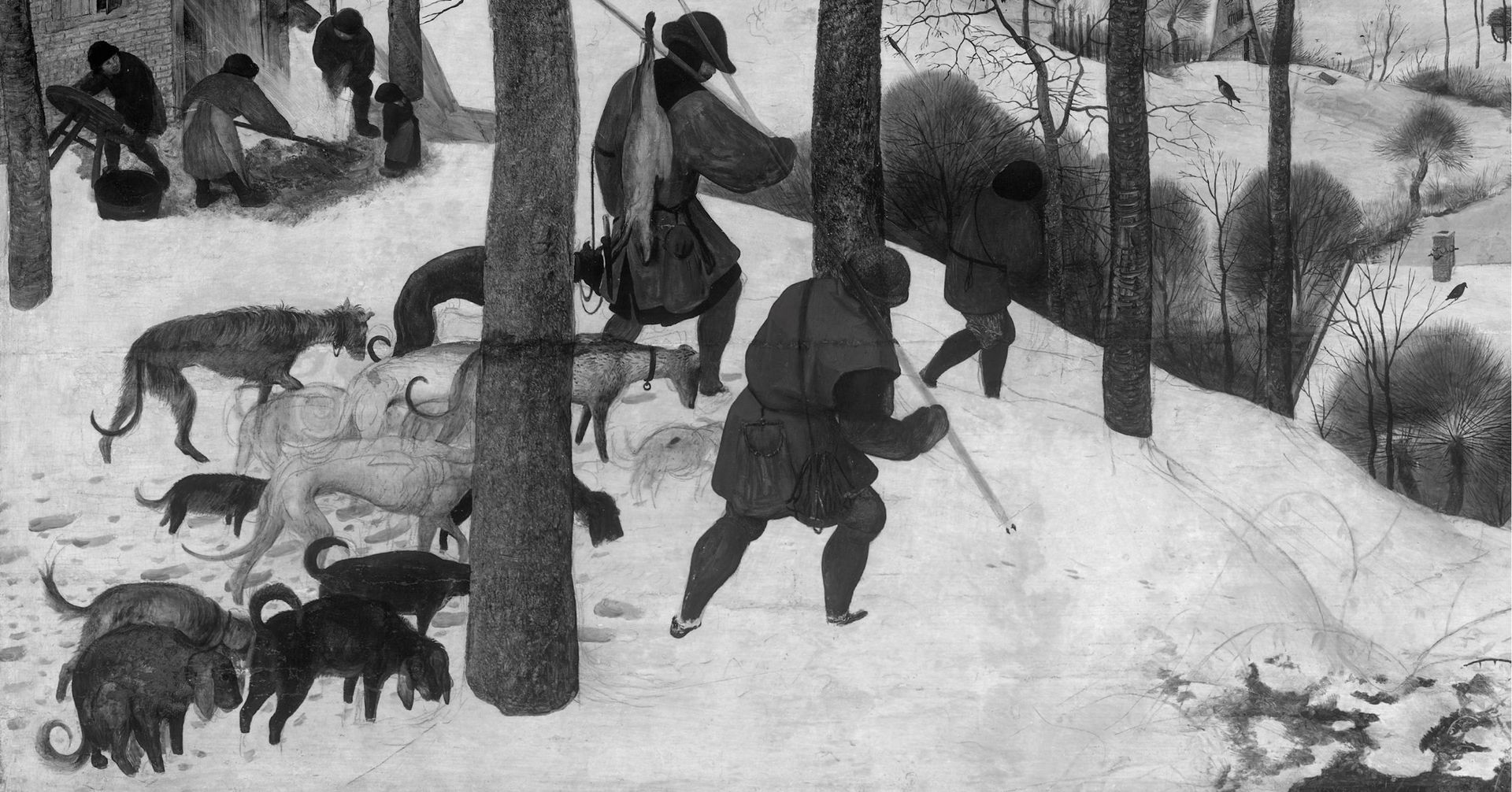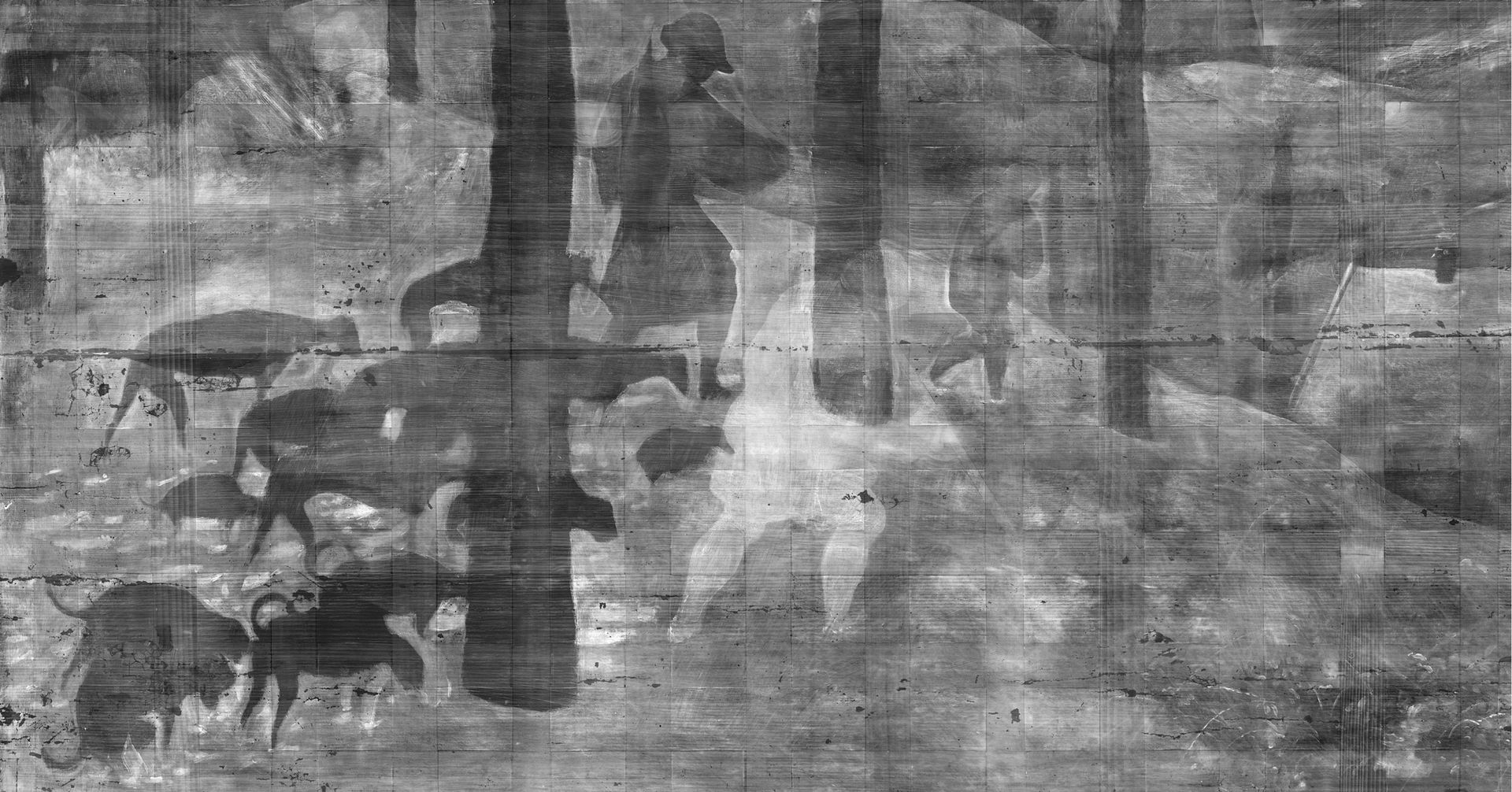Researching Bruegel
Although Pieter Bruegel the Elder has long been a focus of interest and research, there was still much we did not know about his technique and his innovative handling. The Kunsthistorisches Museum Vienna decided to focus on this aspect, carefully analysing the twelve panel paintings in its collection.
A long-running research initiative
It all began in 2012 with a major grant provided by the Getty Foundation as part of its Panel Paintings Initiative. This long-running research initiative focused on the art of Pieter Bruegel the Elder, looking at how he constructed his panels, his technique and handling, the history of the materials he used, art historical questions and the works’ provenance.
The research project was also an important training project for trainee conservators who were included in the team.
We used a number of state-of-the-art technologies - all of them, of course, non-invasive methods:
Infrared photography and infrared reflectography reveal the underdrawing beneath the paint layers.
X-ray images enabled us to study the support, i.e. the panels, the ground and the pigments used for the different colours.
X-ray fluorescence analysis allowed us to determine the quantity and quality of the elementary composition, which helped us to identify the different pigments.
3D mapping was used in order to carefully measure the paintings and render them in 3D.
Taken together, the findings from all these analyses revealed a great deal about how Bruegel worked. For example, we were able to identify changes in some of Bruegel’s compositions that the artist had introduced when the painting was already far advanced.
We obtained many fascinating and revealing glimpses into the heart of the panel paintings.
The website insidebruegel.net offers experts and interested laymen the chance to study Bruegel’s working methods.
The interactive Bruegel website insidebruegel.net went online on October 2, 2018, the day the exhibition opened to the public. Everyone can visit the website free of charge.
This is our way of complying with Bruegel’s invitation to look closely at his compositions. The HD images produced in connection with our research project reveal even the tiniest details in his paintings.
Special photographs also produced in connection with the research project offer visitors the chance to conduct their own studies.
Here is an example showing you how to navigate on insidebruegel.net:



Access to our technological analyses offers everyone – both experts and interested laymen – the chance to conduct their own research. In the exhibition, museum visitors can access the website insidebruegel.net via touchscreen monitors, offering them a more individual approach to Bruegel’s works. And perhaps they will discover some fascinating details or develop interesting ideas.
Scholarly exchange and collaboration
In December 2018, we will host a symposium that brings together leading experts on Pieter Bruegel the Elder and his (painting) technique. There will be discussions of findings and results; the papers presented at the symposium will be published in 2019.
We have set our sights on another scholarly goal once the exhibition is over: an up-to-date catalogue raisonné as a collaboration of all Bruegel scholars.
These endeavours all aim to promote Bruegel’s oeuvre and foster a deeper understanding of his work, providing new impulses for his appreciation 450 years after the artist’s death.
